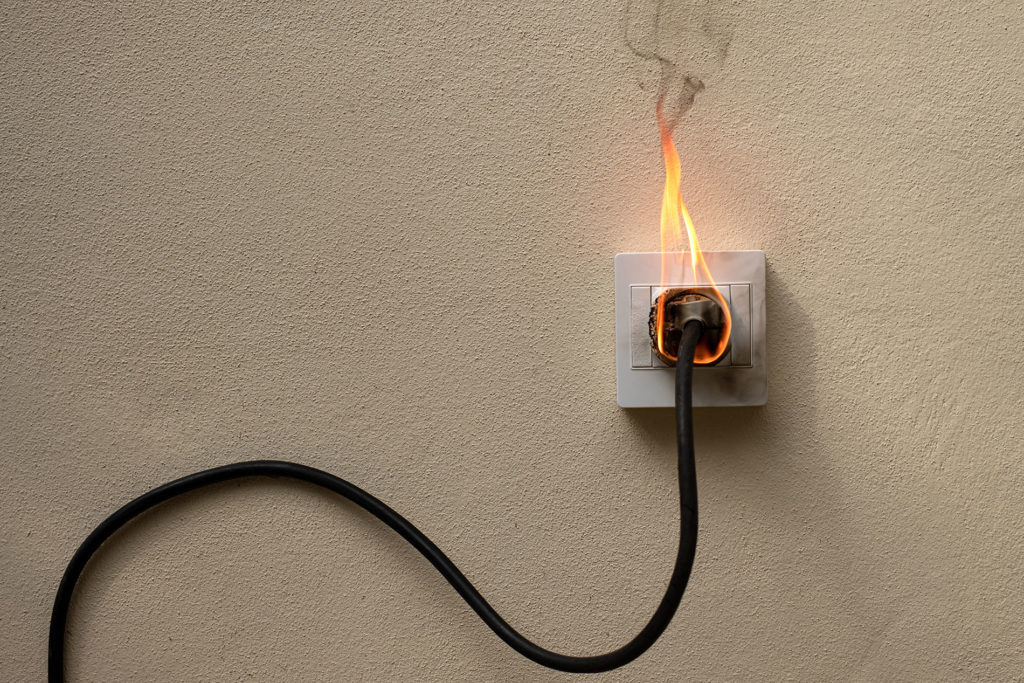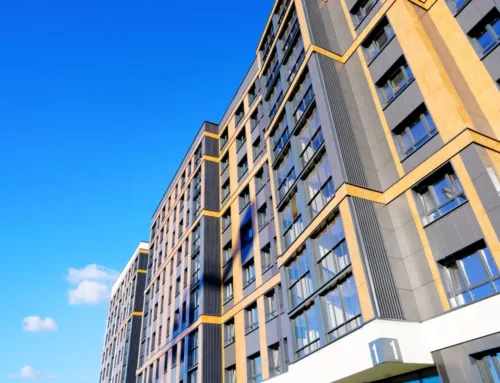 Belinda Thorpe, Managing Director of Residentsline explains a number of frequently asked questions regularly asked about fire risk assessments.
Belinda Thorpe, Managing Director of Residentsline explains a number of frequently asked questions regularly asked about fire risk assessments.
We’re all aware of the importance of fire safety what with the horrific Grenfell tragedy and subsequent cladding crisis that’s plaguing the property industry. Everyone involved in the management of residential buildings will be aware of their legal requirements, but sometimes we all need a reminder and a bit of clarity around current legislation.
What is a Fire Risk Assessment?
Fire risk assessments are a legal requirement of anyone who manages a residential or workplace building in the UK. This could be a freeholder, managing agent or RMC and the legal responsibility lands with them regardless of who actually conducts the assessment or subsequent reviews.
An assessment involves the review of a building and its fire risks- the findings of which must be recorded in written form if more than 5 people regularly occupy the building.
A ‘competent person’ (more on this later!) must attend the building and assess its fire risk- making recommendations to make the building safer, if necessary.
The law says the assessment must be ‘suitable and sufficient’ for the building, and an assessor will consider:
- How likely a fire is to start
- What the consequences would be if a fire did start
- What needs to be done in the building to minimise the risk of fire starting and/or spreading
What Does a Fire Risk Assessment Cover?
The assessment looks at what ‘general fire precautions’ are currently in place in the building’s common areas such as stairwells, hallways and entrance halls.
The complexity of the assessment will depend on the size and usage of the building- a small HMO will require a less in-depth report than a large block of flats, for example.
In all cases, the assessor will look at measures in place to:
- Reduce the risk of a fire starting e.g. ‘no smoking’ signs or regular electrical safety checks
- Reduce the risk of fire spreading e.g. fire doors
- Alert people about a fire in the building e.g. working smoke alarms
- Enable people to escape from the building e.g. clear escape routes and safety lighting
- Tell people what to do if a fire starts e.g. a displayed emergency plan
- Reduce the harm caused if a fire starts e.g. fire extinguishers or sprinklers
The general fire precautions must protect:
- People who are allowed to be in the building
- People near the building, who may be at risk if a fire started
Who is Responsible for Carrying Out a Fire Risk Assessment?
The law simply states that the assessments should be carried out by a ‘competent person’ but that the requirement to fulfil the law lies with the building’s ‘responsible party’ e.g. a managing agent or freeholder.
In other words, as the person looking after a building, you don’t need to become a fire risk expert and do the job yourself, but you must do your due diligence when employing someone else to do it for you.
Some useful resources for ascertaining whether a contractor would be deemed ‘competent’ in the eyes of the law are:
- Guidance from The Leasehold Advisory Service
- Guidance from the The National Fire Chiefs Council
- Guidance from the Fire Risk Assessment Competency Council
The NFCC suggest that the following steps are taken to ensure you are complying with Fire Risk Assessment law as the person or agent responsible for a residential building:
- Be satisfied that the fire risk assessor who carries out the work is competent. This can be demonstrated by them providing evidence of compliance with the competency criteria set down by the Fire Risk Assessment Competency Council (see above).
- Check that they have experience of working for your kind of business and premises.
- Be clear about the scope of the work to be carried out and ensure that the assessor is provided with access to all areas of the premises and with relevant information.
- Obtain alternative quotes – make sure they all cover the same scope, so you can draw a proper comparison.
- It is advisable to request references from previous clients in similar premises types; ask them if they were satisfied and if any problems were later identified by the Fire and Rescue Authority.
- It is advisable to ask for proof that they have sufficient professional indemnity insurance and to seek assurance that the contractor is impartial and has a complaints procedure.
- Keep and maintain records of the steps you took in selecting your fire risk assessor.
In Summary
Moral responsibilities to your residents aside, failure to comply with your legal responsibilities when it comes to Fire Risk Assessments could result in prosecution; leading to large fines or even custodial sentences in cases of severe negligence.
Keeping a record of all assessments and assessment reviews as well as your efforts to fulfil your due diligence could well protect you against any claims that may arise should the worst happen.
Head to the Residentsline website for information on all of our products and services or, if you’d prefer to speak to a member of our fantastic, specialist team, give us a call on 0800 281 235.




Leave A Comment